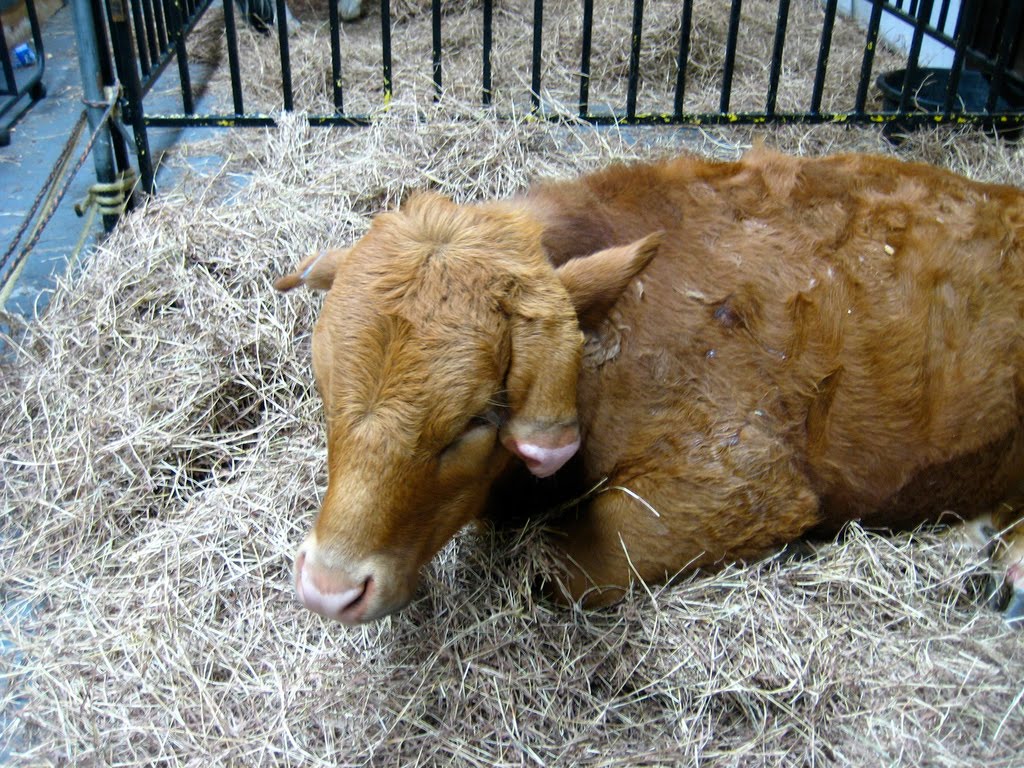Two-headed cows, also known as bicephalic cattle, have captured the curiosity of many around the world. The occurrence of these rare animals raises intriguing questions about genetics, biology, and the mysteries of nature. In this article, we will delve into the phenomenon of two-headed cows, exploring the science behind their existence, notable cases, and the implications of such anomalies.
In recent years, two-headed cows have been the subject of media fascination and scientific inquiry, making them a significant topic in discussions about animal genetics and veterinary science. This comprehensive guide aims to provide you with detailed insights into the world of bicephalic cattle, their biology, and the implications for animal health and welfare.
From understanding their anatomy to examining famous cases that have gained public attention, this article will serve as an extensive resource for anyone interested in this peculiar subject. Whether you are a student, animal lover, or simply curious about the wonders of nature, this guide will shed light on the complexities of two-headed cows.
Table of Contents
- Introduction
- What is a Two-Headed Cow?
- Biological Causes of Two-Headed Cows
- Notable Cases of Two-Headed Cows
- Health Implications for Two-Headed Cows
- Public Reaction to Two-Headed Cows
- Ethical Considerations
- Conclusion
What is a Two-Headed Cow?
A two-headed cow is an animal that possesses two distinct heads, sharing a single body. This condition is termed bicephaly and is an extremely rare genetic anomaly in cattle. The occurrence of two-headed cows has been documented sporadically throughout history, often drawing public interest and scientific examination.
Biological Characteristics
Two-headed cows typically exhibit two separate skulls that are connected to a single body. Each head may have its own set of eyes, ears, and mouths, although they may share some internal organs. The degree of development and functionality of each head can vary significantly from case to case.
Biological Causes of Two-Headed Cows
The phenomenon of two-headed cows can be attributed to a variety of biological factors, primarily related to genetic mutations and developmental anomalies during embryonic development.
Genetic Mutations
Genetic mutations are often responsible for the occurrence of bicephalic cattle. These mutations can arise from environmental factors, genetic predispositions, or random developmental errors during the early stages of an embryo's formation.
Embryonic Development
During the embryonic development of cattle, if the fertilized egg undergoes incomplete division, it may result in the formation of two heads. This incomplete division of the zygote can lead to various forms of conjoined twins, including the bicephalic condition.
Notable Cases of Two-Headed Cows
Throughout history, there have been several notable cases of two-headed cows that have drawn significant attention from the public and the media. These cases often highlight the unique characteristics and challenges faced by these animals.
- Case 1: In 2006, a two-headed calf was born in a farm in India. The calf had two heads that were functional, but the animal faced significant health issues and survived only a few days.
- Case 2: Another famous case occurred in 2018 when a two-headed cow was born in the United States. This calf garnered media attention due to its remarkable survival and the challenges faced by the owners in caring for it.
- Case 3: A two-headed calf named “Minnie and Midge” was born in 2021. It was able to eat and drink from both heads, but unfortunately, it also suffered from numerous health complications.
Health Implications for Two-Headed Cows
Two-headed cows often face numerous health challenges due to their unique condition. These health implications can significantly affect their quality of life and overall well-being.
Common Health Issues
- Respiratory problems due to the abnormal structure of their thoracic cavity.
- Difficulty in feeding and digestion, as both heads may compete for resources.
- Neurological issues stemming from the complex nervous system wiring.
Veterinary Care
Providing adequate veterinary care for two-headed cows can be challenging. These animals often require specialized attention to manage their unique health needs effectively. Veterinarians may need to develop tailored treatment plans based on the specific conditions presented by each animal.
Public Reaction to Two-Headed Cows
The birth of two-headed cows often elicits a wide range of reactions from the public. While some people express fascination and curiosity, others may feel concern for the well-being of these animals.
Media Coverage
Media coverage tends to amplify public interest in two-headed cows, highlighting both the scientific aspects and the emotional narratives surrounding these animals. Social media platforms often play a significant role in sharing these stories, leading to widespread discussions.
Public Sentiment
Public sentiment can vary, with some viewing two-headed cows as a spectacle, while others advocate for their ethical treatment and welfare. This dichotomy often fuels debates on the implications of genetic anomalies in livestock.
Ethical Considerations
The existence of two-headed cows raises important ethical questions regarding animal welfare and the responsibilities of breeders and farmers. Ethical considerations include:
- The obligation to provide humane care and treatment for animals with genetic anomalies.
- Debates surrounding the breeding practices that may lead to such conditions.
- The role of scientific research in understanding and addressing the challenges faced by these animals.
Conclusion
In conclusion, the phenomenon of two-headed cows is a captivating subject that intertwines genetics, biology, and ethics. While these rare animals continue to intrigue the public, it is crucial to prioritize their welfare and understanding of their unique needs. We encourage readers to engage in discussions about animal health and welfare and to share their thoughts in the comments below.
For those interested in further reading, we invite you to explore our other articles on animal genetics and veterinary science. Your insights and feedback are always welcome as we strive to provide informative content on fascinating topics.
Thank you for joining us in this exploration of two-headed cows, and we look forward to sharing more intriguing stories with you in the future!
Article Recommendations
- Short Positive Quotes About Life Challenges
- Germania Insurance Amphitheater
- Charleston White Shot In Chicago


